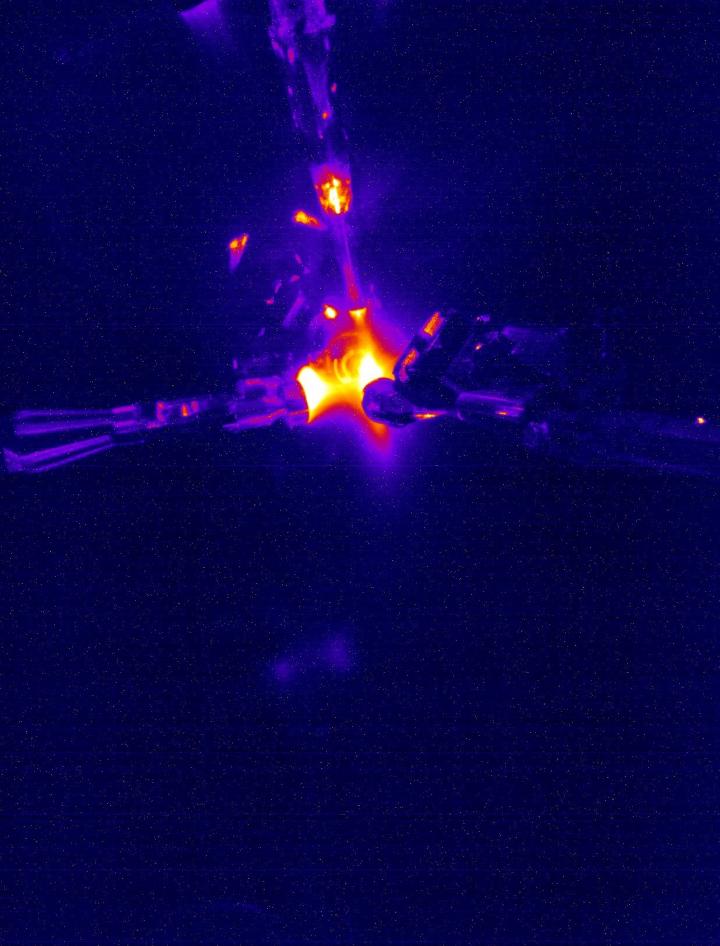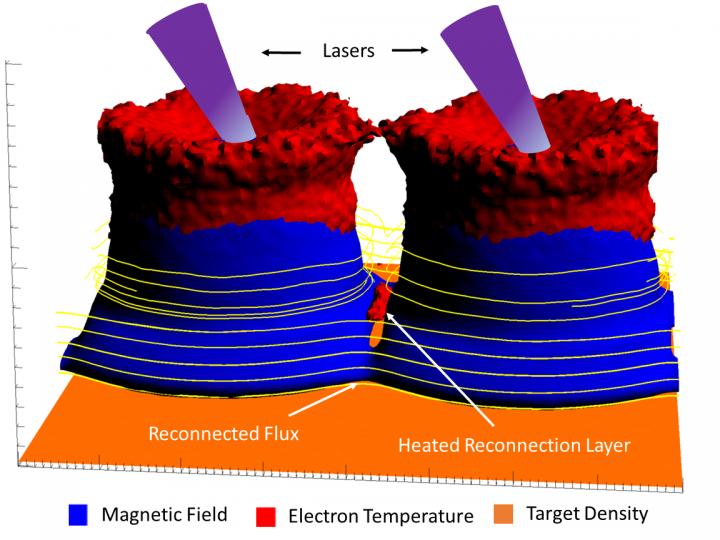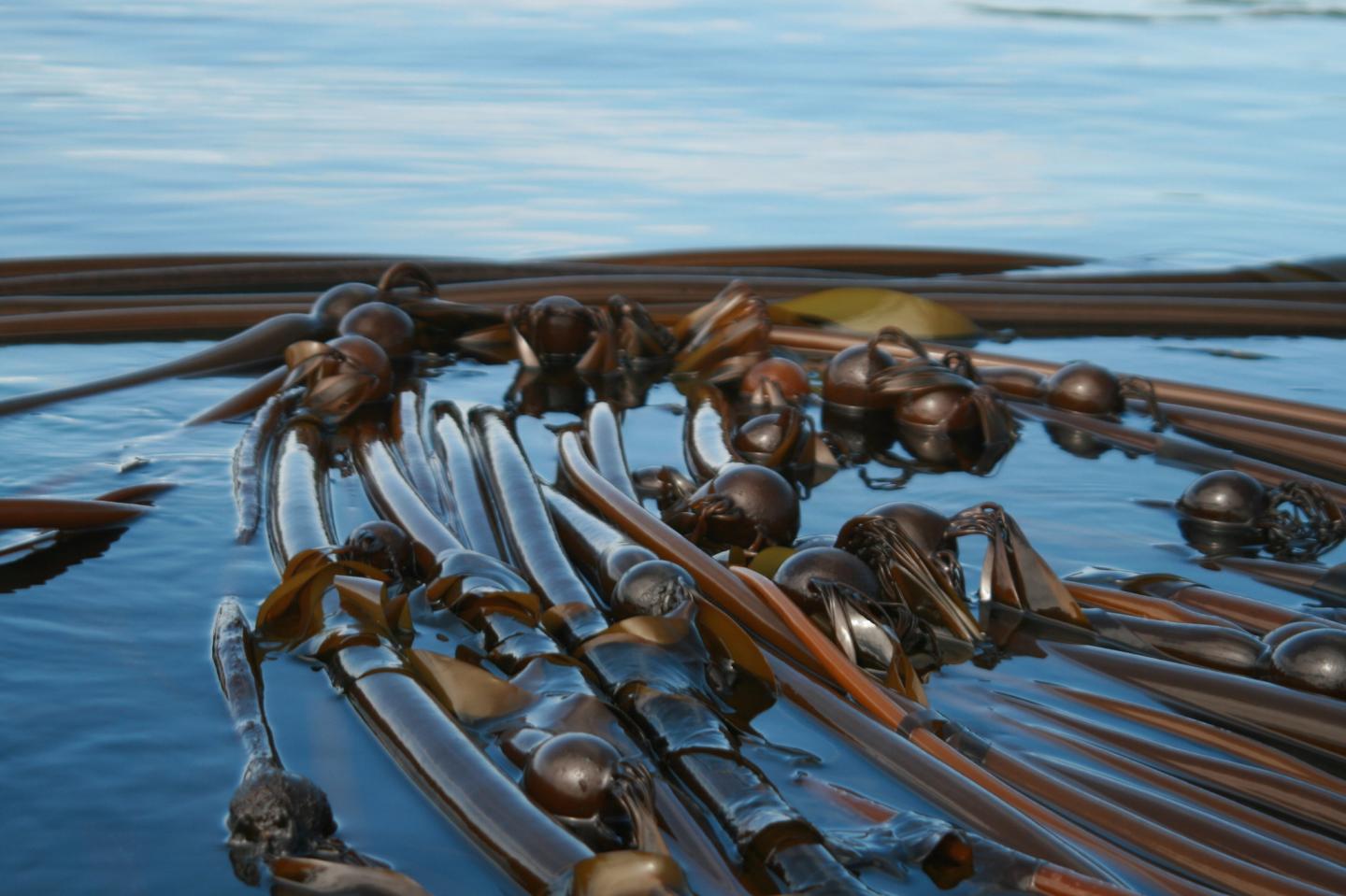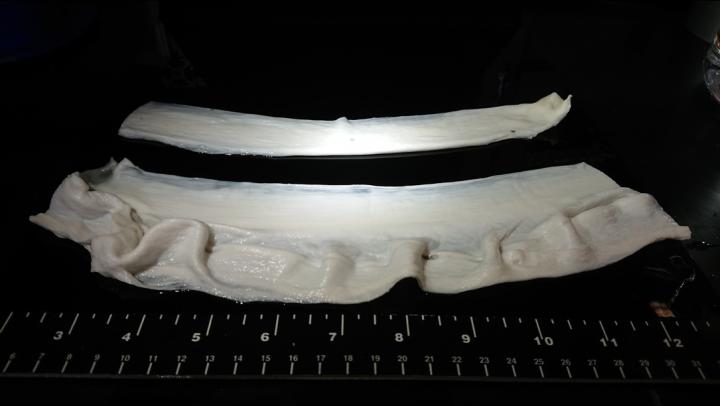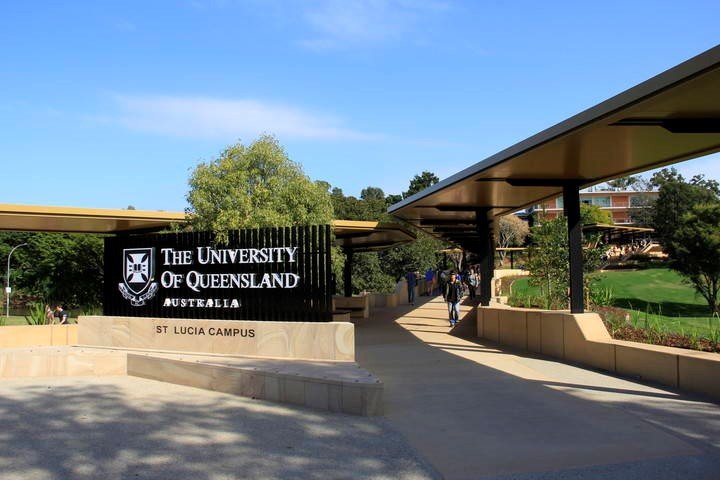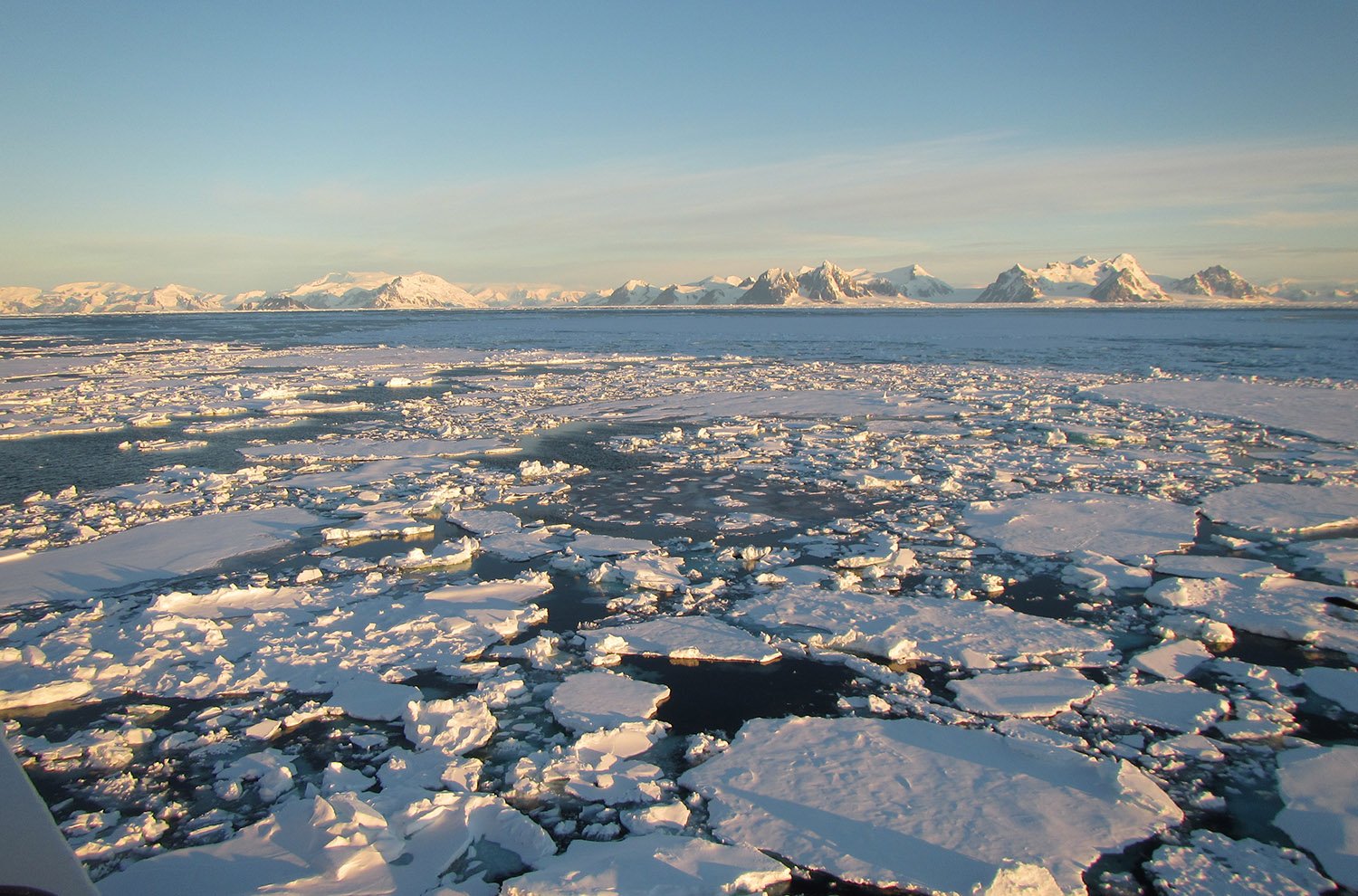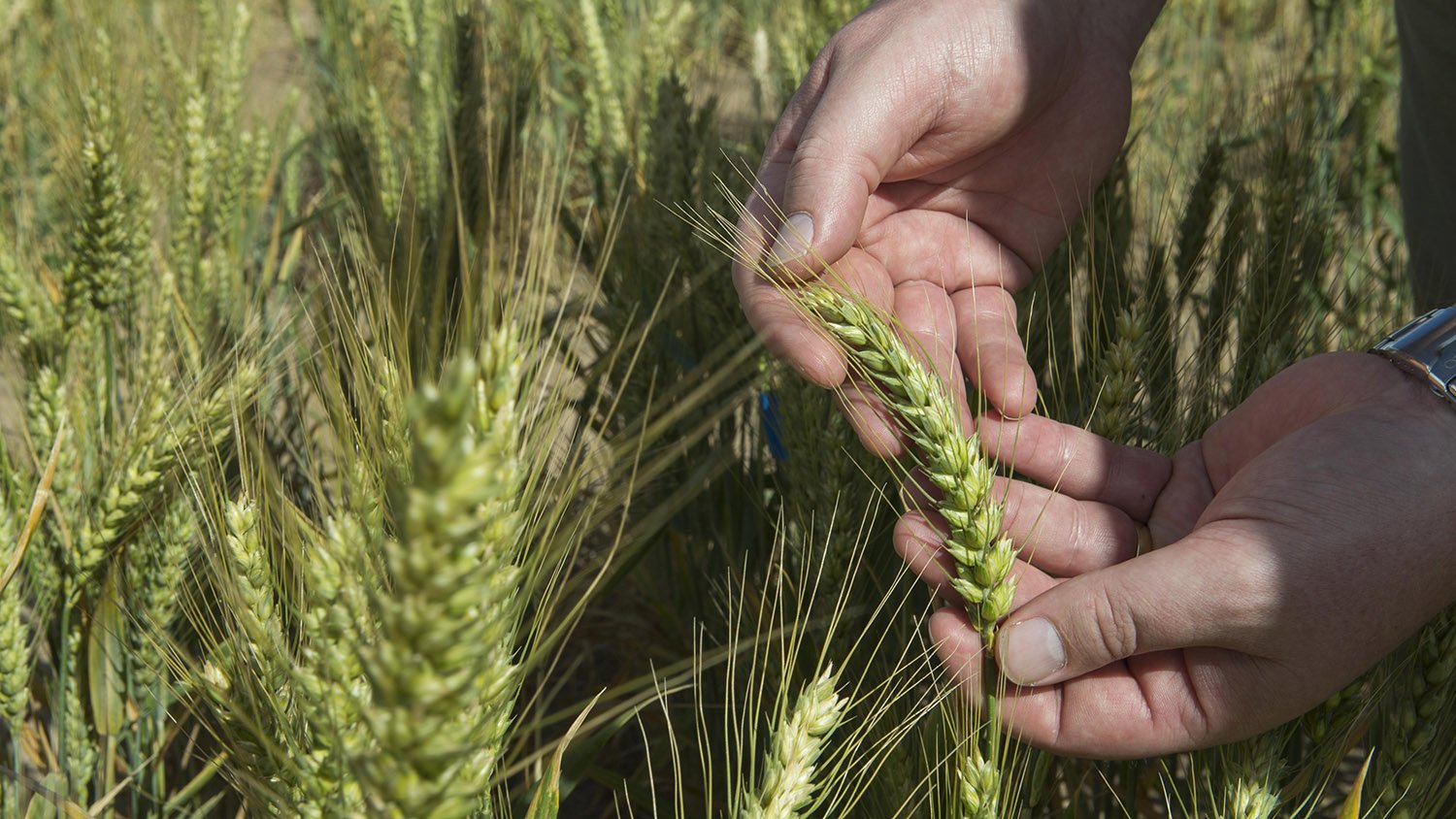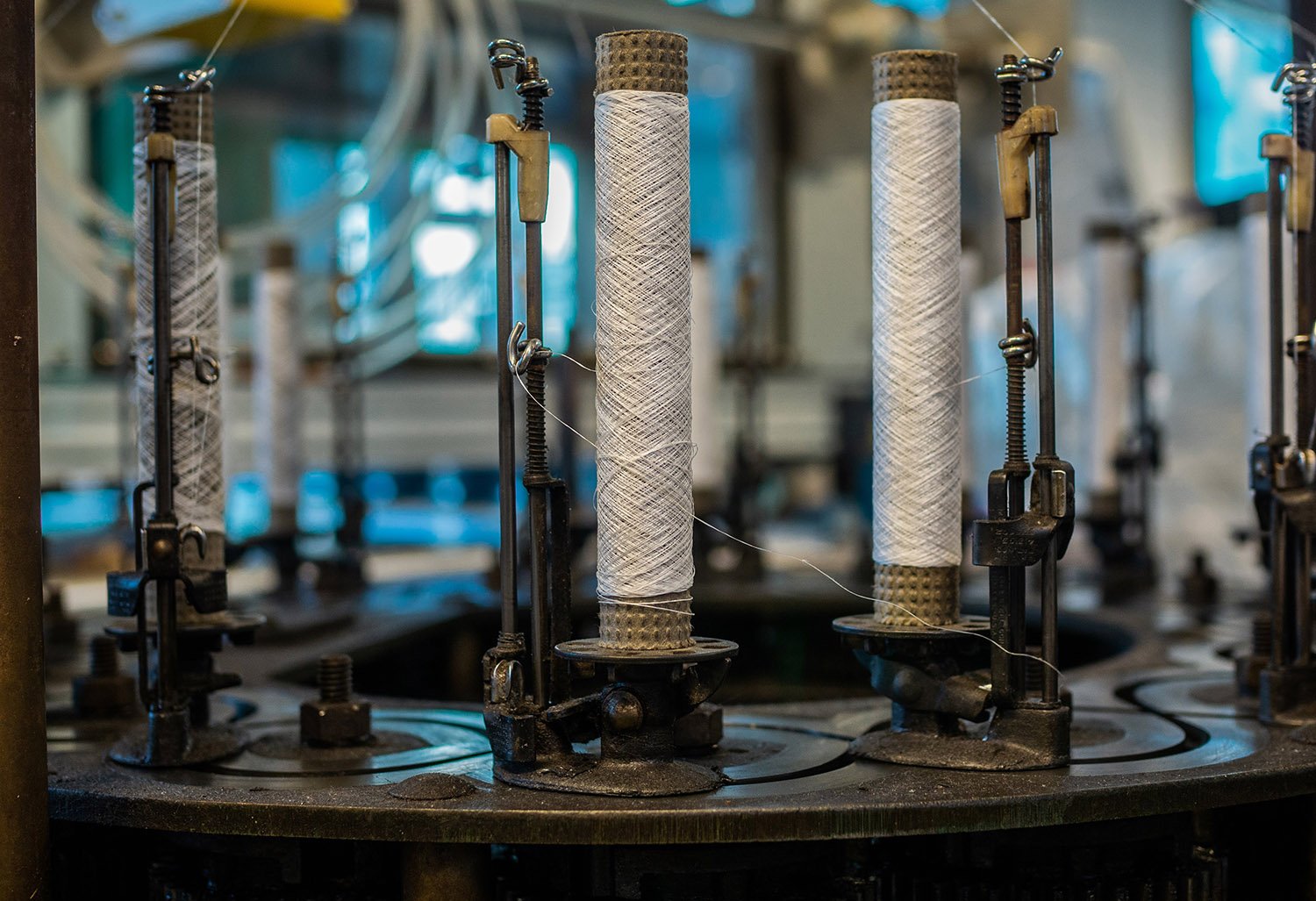Zero to 7.8 billion electron volts in 8 inches
To understand the fundamental nature of our universe, scientists would like to build particle colliders that accelerate electrons and their antimatter counterparts (positrons) to extreme energies (up to tera electron volts, or TeV). With conventional technology, however, this requires a machine that is enormously big and expensive (think 20 miles long). To shrink the size … Read more

